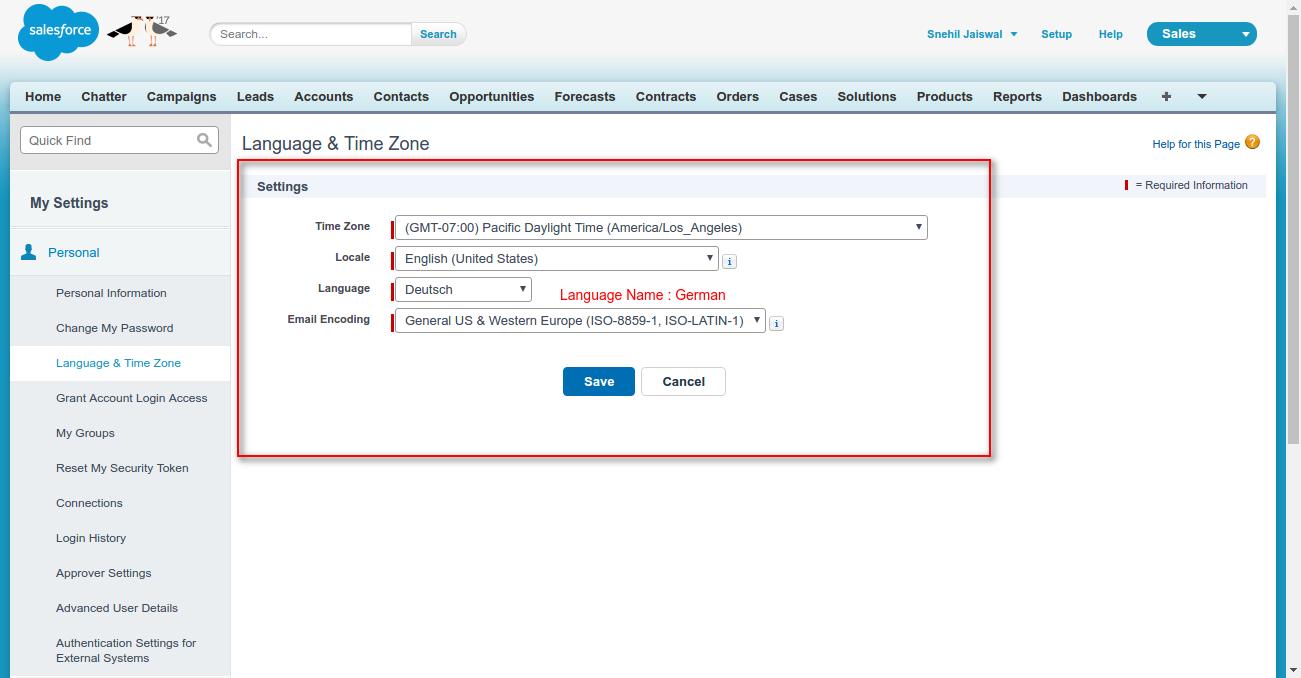Translation Workbench In Salesforce
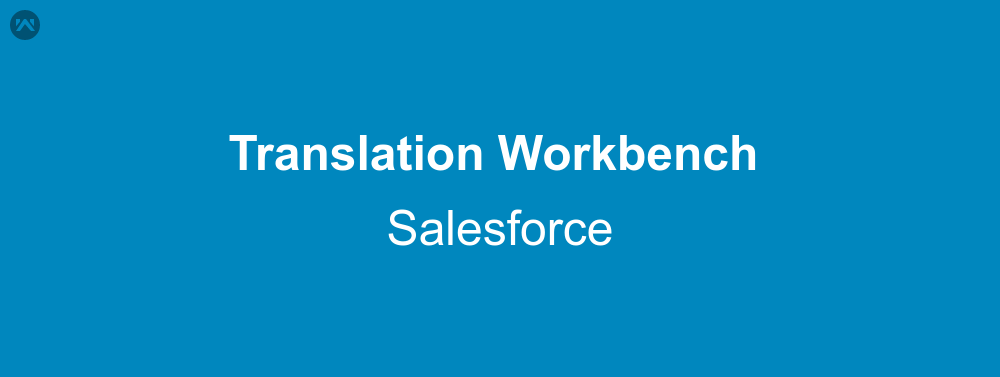
In this blog we are going to learn about translation workbench in salesforce.
Translations
–> It is metadata type which can used to specify in which language you want to translate your organisation languagae.
–> To enable the translation we first enable translation workbench. GoTo|| Setup|| Translation Workbench || Translation Setting . Now enable the translation workbench from here.
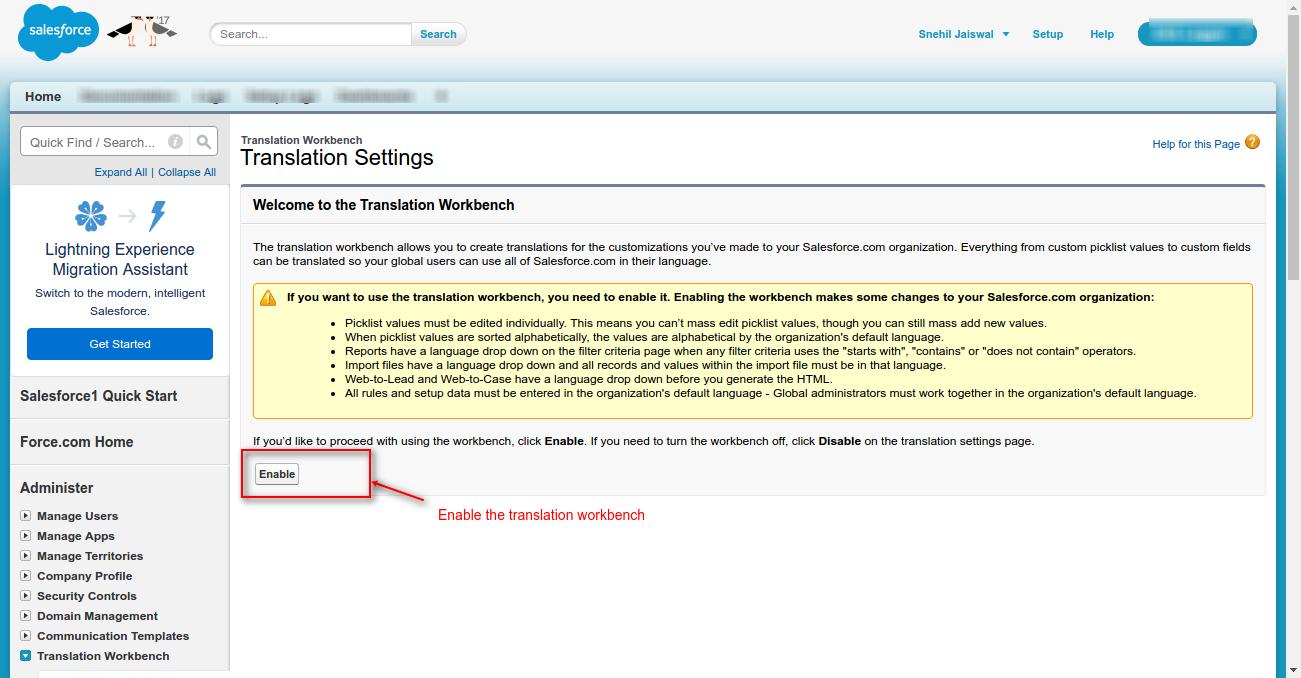
–> Now add the language to supported language and assign to user.
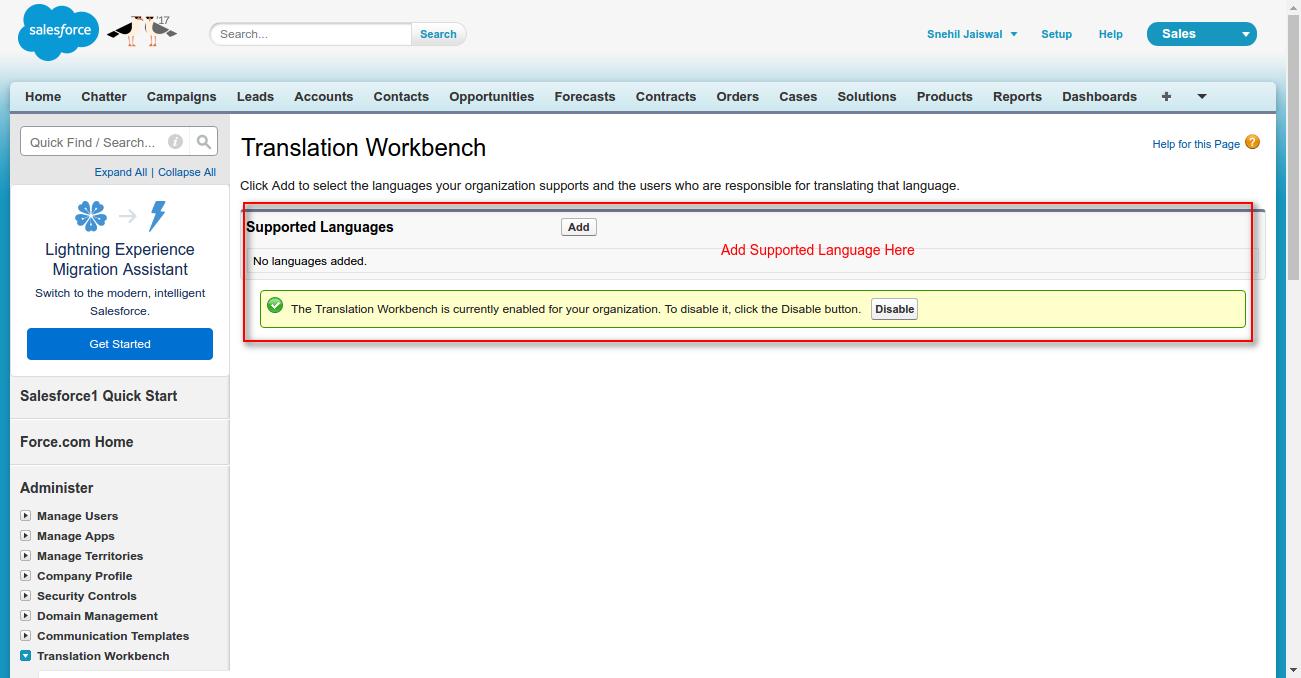
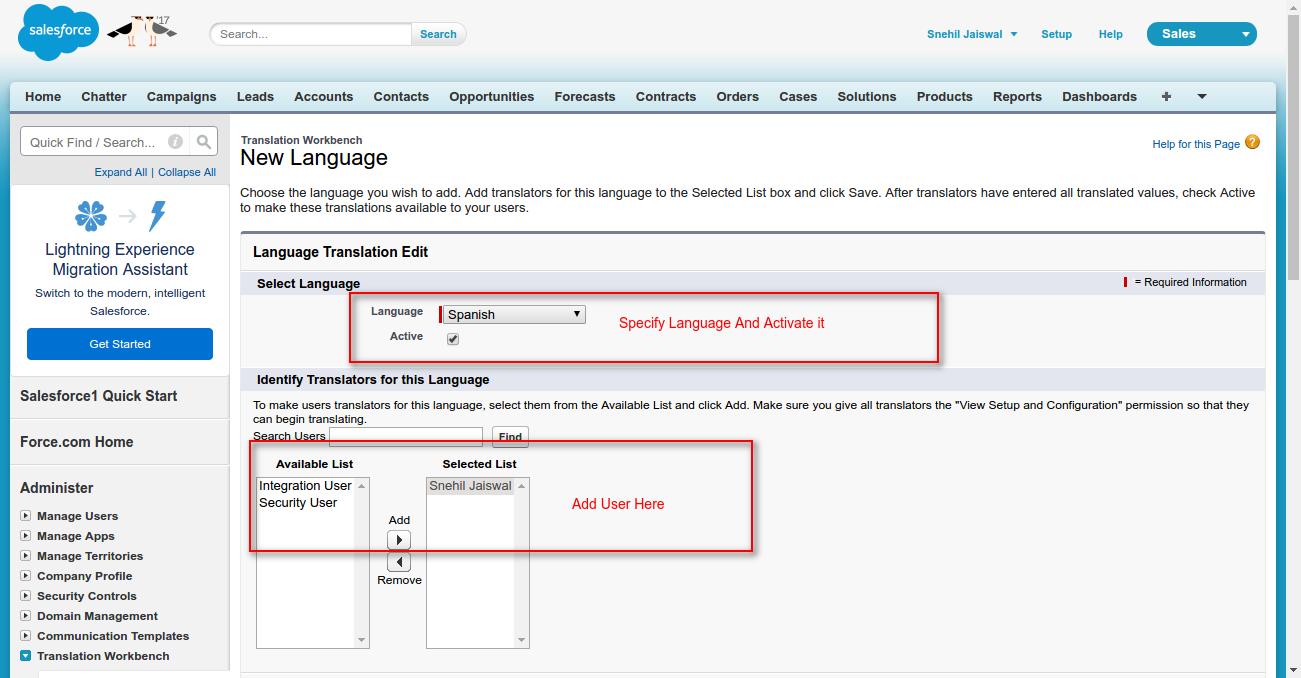
–> If want to add the translation of any salesforce component (any component which you create in salesforce like custom field name, global values etc.). GoTo|| Setup|| Translation Workbench || Translate. Add your translation here.
–> If you want to override the language of any component which is in any package then GoTo|| Setup|| Translation Workbench || Override.

Note :
- Package must support the language in which you want to translate.
- Once you create managed package in your organisation, you cannot disable the translation setting.
Supported Language
# Salesforce offers full support for the following languages.
- Chinese (Simplified):zh_CN
- Chinese (Traditional):zh_TW
- Danish: da<
- Dutch: nl_NL
- English: en_US
- Finnish: fi
- French: fr
- German: de
- Italian: it
- Japanese: ja
- Korean: ko
- Norwegian: no
- Portuguese (Brazil): pt_BR
- Russian: ru
- Spanish: es
- Spanish (Mexico): es_MX
- Swedish: sv
- Thai: th
#End-user languages include:
- Arabic: ar
- Bulgarian: bg
- Croatian: hr
- Czech: cs
- English (UK): en_GB
- Greek: el
- Hebrew: iw
- Hungarian: hu
- Indonesian: in
- Polish: pl
- Portuguese (Portugal): pt_PT
- Romanian: ro
- Slovak: sk
- Slovenian: sl
- Turkish: tr
- Ukrainian: uk
- Vietnamese: vi
Note: To know more about supported language go through
Salesforce Documentation.
Support
That’s all for Translation Workbench In Salesforce, still if you have any further query feel free to contact us, we will be happy to help you https://wedgecommerce.com/contact-us/.
